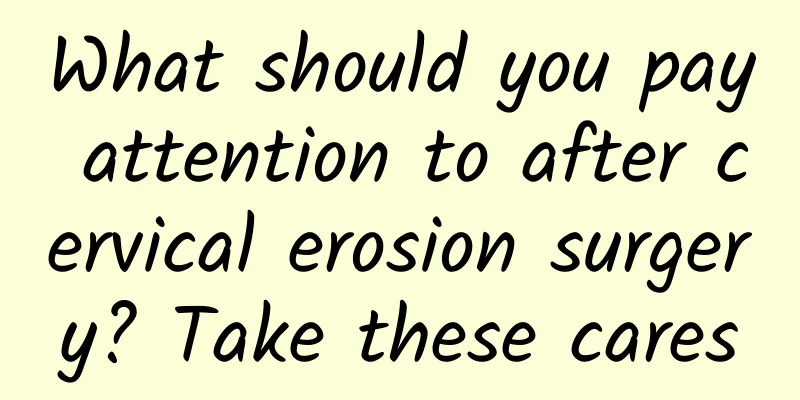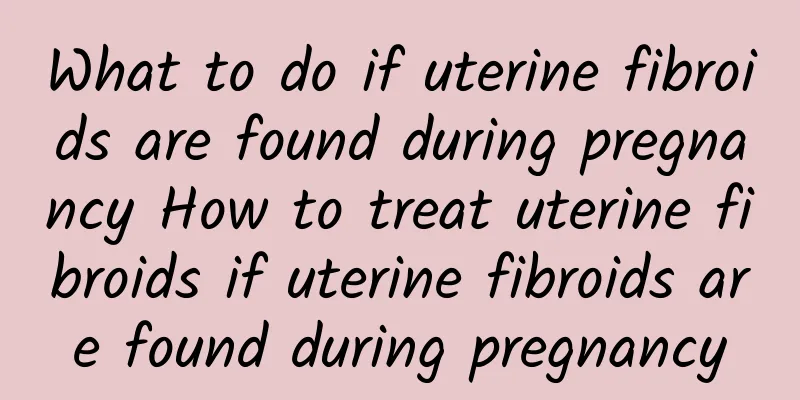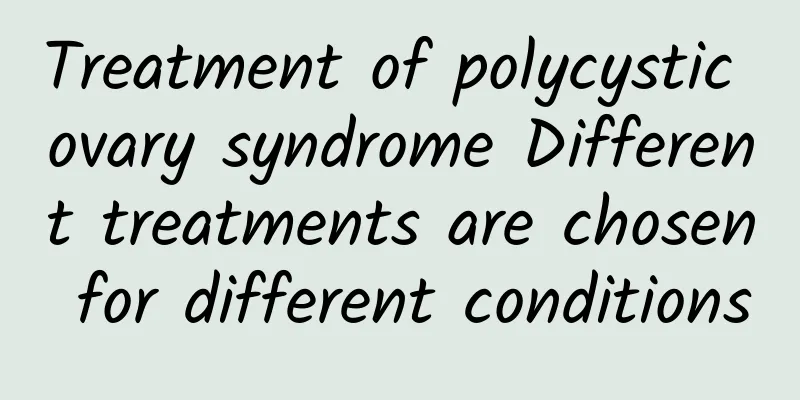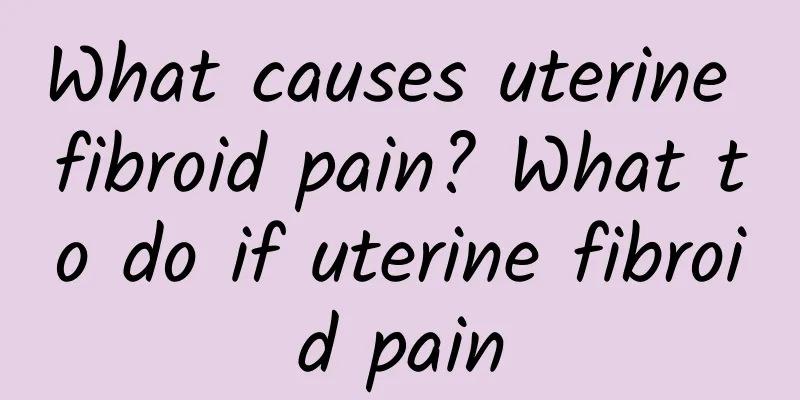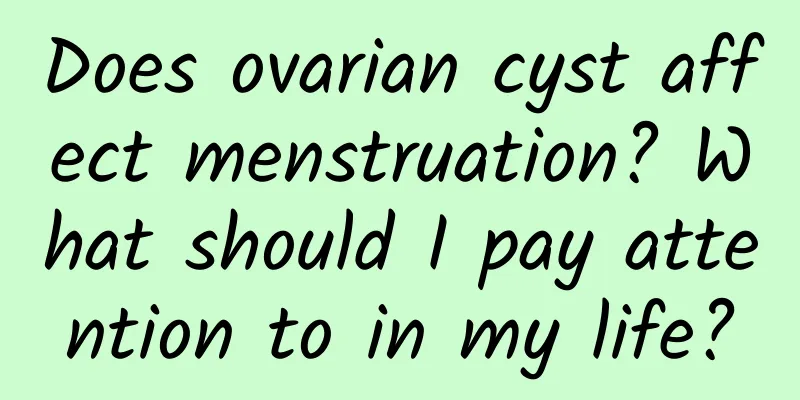What should I do if I have multiple uterine fibroids? Treatment methods for multiple uterine fibroids

|
Uterine fibroids are one of the common genital diseases in women of childbearing age. They are benign tumors and are more common between the ages of 35 and 50. According to statistics, about 20% of patients have multiple uterine fibroids. The same type of fibroids can occur on the same uterus at the same time, which is called multiple uterine fibroids. Mild uterine fibroids have no obvious symptoms and are often seen in gynecological examinations. Many clinical cases do not require special treatment, and the uterine fibroids of some patients will automatically disappear with the end of menstruation. What are the symptoms of multiple uterine fibroids? Clinically, patients have obvious menstrual changes, such as shortened cycle, increased menstrual volume, prolonged menstruation, irregular vaginal bleeding, etc.; increased leucorrhea, or the production of a large amount of pus and slough tissue; the growth of fibroids compresses the surrounding tissues, leading to frequent urination, dysuria, urinary retention, constipation or lower limb edema; no abdominal pain, but symptoms such as lower abdominal swelling and back pain; it can also lead to infertility and secondary anemia. How to treat multiple uterine fibroids? Non-surgical treatment first refers to drug treatment, but it is only suitable for women who are going through menopause quickly, because these drugs tend to suppress estrogen and can indeed shrink fibroids, but discontinuation of the drug can easily lead to recurrence. In addition, the treatment of multiple uterine fibroids depends on the specific morphology of the fibroids. Generally, if the largest diameter of multiple fibroids is less than 5 cm and there is no frequent menstruation or excessive menstrual flow, regular check-ups and conservative treatment can be performed. However, if the largest tumor diameter is greater than 5 cm and is accompanied by severe symptoms, surgical treatment is required. Clinically, doctors generally recommend surgical resection for patients with severe conditions. But many patients are unwilling to undergo hysterectomy. However, clinically, recurrence after multiple uterine fibroid resection accounts for 30% and 4%, and most relapses after 5 years. Patients under 30 years old or with multiple fibroids are more likely to relapse, exceeding 50%. Therefore, "resection" does not solve the fundamental problem of multiple uterine fibroids. How to properly care for the postoperative period and regular follow-up are extremely important. Multiple uterine fibroids account for more than 40% of all uterine fibroids. If multiple uterine fibroids occur, a comprehensive assessment is required based on the patient's specific circumstances and wishes, followed by personalized treatment. |
Recommend
Abnormal leucorrhea, blood, and no menstruation
Abnormal vaginal discharge with blood and missed ...
How to treat uterine fibroids? What are the treatment measures for uterine fibroids?
Many people are not unfamiliar with it. Although ...
What are the precautions after spontaneous abortion?
What pregnant women are most worried about is mis...
How to quickly relieve vulvar itching
How to quickly relieve vulvar itching The causes ...
Specific symptoms of cervical precancerous lesions
The early lesions of cervical cancer are quite ob...
Do you know all this knowledge in the uterus pictures? You may not know this knowledge
Many people do not know much about endometrial th...
Types of Hyperprolactinemia
Prolactin is a polypeptide hormone, also called p...
The cost of painless abortion is related to many factors
Experts remind that many women will choose regula...
A low-carb diet can help you lose 6kg in 4 weeks! Weight loss nutritionist: These 4 types of people are not suitable for low-carb menus
The wrong low-carb diet may harm your body! Profe...
Can I eat brown sugar eggs after a miscarriage? A good health drink
After having an artificial abortion, female frien...
What are the basic symptoms of dysmenorrhea?
Dysmenorrhea is not only a physiological phenomen...
What is uterine fibroids? Tell me what causes uterine fibroids.
What is uterine fibroids? Tell me what causes ute...
What are the diagnostic criteria for cervical erosion?
Cervical erosion is a common pathological change ...
Traditional Chinese medicine hemostatic prescription for treating uterine fibroids
Traditional Chinese medicine hemostatic prescript...
Does painless abortion mean only suctioning out the gestational sac without curettage?
Painless abortion does not mean only suctioning t...

